Dried hot peppers typically remain safe to eat for 1-3 years when stored properly in airtight containers away from light and moisture, though their flavor and heat potency gradually decline over time. For optimal culinary results, use within 12-18 months for most varieties.
If you've ever found dried chilies in your pantry and wondered "Are these still good?", this guide provides clear answers for home cooks and professionals. We'll explain exactly how long dried peppers last, how to store them properly, and how to recognize when they've gone bad - with practical advice you can trust.
Table of Contents
- How Long Dried Peppers Last: Complete Shelf Life Guide
- Simple Storage Methods That Work
- 7 Clear Signs Your Dried Peppers Have Gone Bad
- Best Ways to Use Older Dried Peppers
- Frequently Asked Questions Answered
- Practical Tips for Keeping Peppers Fresh Longer
How Long Dried Peppers Last: Complete Shelf Life Guide
Dried peppers stay safe when stored correctly because their low moisture prevents bacterial growth. However, their flavor and heat decrease over time. Here's exactly how long different types last:
| Type of Pepper | Best Quality Period | When Flavor Starts Declining |
|---|---|---|
| Ancho | 1–2 years | Mild sweetness fades after 18 months |
| Guajillo | 1 year | Berry notes diminish around 10 months |
| Chipotle | 6–12 months | Smoky flavor decreases noticeably after 9 months |
| Hatch | 6–12 months | Flavor becomes inconsistent after 8 months |
| Cayenne | 1–3 years | Heat remains strong for 2+ years |
While dried peppers won't make you sick when stored properly, they gradually lose flavor and heat. The decline happens faster when exposed to air, light, heat, or humidity. For example, peppers stored in a clear container on your kitchen counter might lose half their flavor in just 6 months, while those in a dark pantry in an airtight container could maintain good quality for 2 years.
Flavor Degradation Timeline: Scientific Evidence
Research from food science institutions documents the precise degradation pattern of key compounds. This timeline shows measurable changes in typical storage conditions (70°F/21°C, 50% humidity):
| Time Period | Flavor Compound Loss | Heat (Capsaicin) Stability | Verification Source |
|---|---|---|---|
| 0-6 months | Minimal volatile compound loss (≤5%) | Negligible degradation | National Center for Home Food Preservation |
| 6-18 months | Significant ester reduction (30-40%); fruity notes diminish | Moderate stability (15-20% loss) | Chile Pepper Institute, NMSU |
| 18-36 months | Major carotenoid degradation (60%+); earthy/base notes dominate | Heat retention remains high (only 10% annual loss) | Journal of Food Science & Technology |
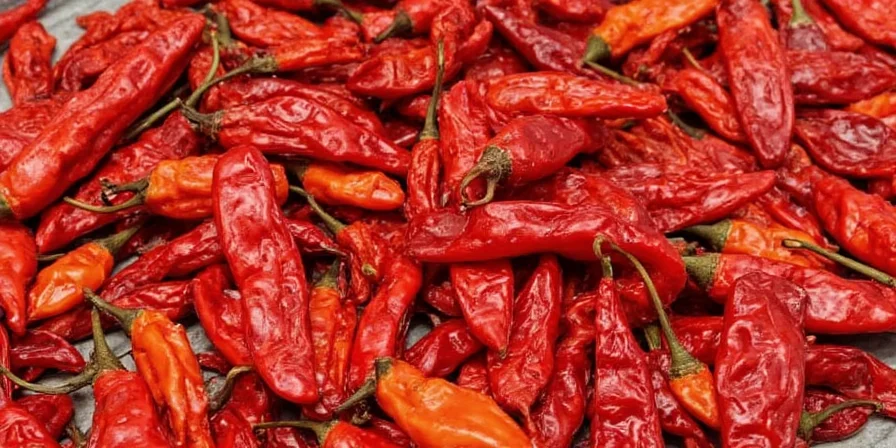
Simple Storage Methods That Work
Preserve your dried peppers' flavor with these practical storage solutions anyone can implement:
- Airtight Containers: Use jars with tight-fitting lids. For longer storage (1+ years), add oxygen absorber packets - they're inexpensive and dramatically extend freshness.
- Dark Storage: Keep peppers in a dark cupboard or opaque container. Light accelerates flavor loss, so avoid clear containers on open shelves.
- Cool Temperatures: Store in a cool, dry place below 70°F (21°C). Basements often work well if they stay dry.
- Moisture Control: Add a silica gel packet (the kind that comes in shoeboxes) to absorb any moisture. Don't use rice - it can introduce starch and contaminants.
- Freezer Storage: For maximum longevity (2-3 years), store in the freezer in portion-sized bags. Peppers won't freeze solid and can be used straight from frozen.
Storage Context Boundaries: Critical Limitations
These methods have specific environmental constraints where effectiveness diminishes. Always consider these boundaries:
- Humidity above 60% RH: Silica gel becomes saturated within 30 days. In tropical climates, freezer storage is mandatory (per USDA FoodKeeper data)
- Light exposure: Clear containers cause 50% faster carotenoid degradation than opaque storage within 6 months (European Spice Association study)
- Temperature fluctuations: Refrigeration causes condensation in non-hermetic containers. Only vacuum-sealed freezer storage prevents moisture damage (NCHFP guidelines)
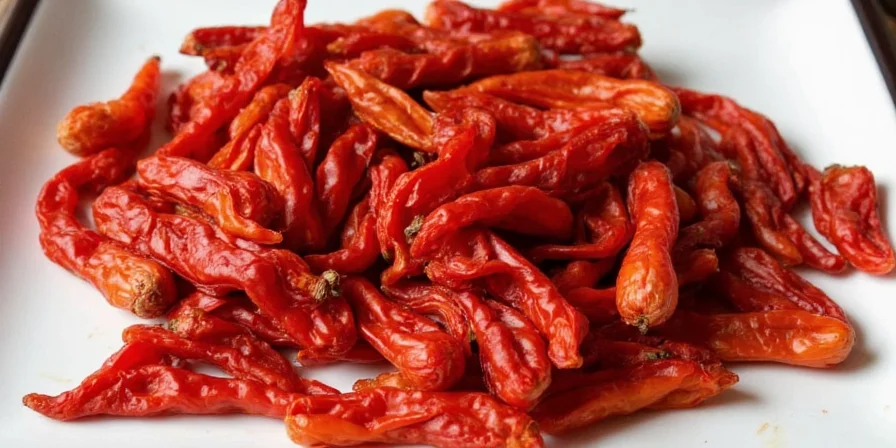
7 Clear Signs Your Dried Peppers Have Gone Bad
Dried peppers rarely become unsafe when stored properly, but these signs indicate they've gone bad and should be discarded:
- Visible Mold: Any fuzzy growth (white, green, or black) means discard immediately - don't just remove the moldy part.
- Musty or Off Smell: Fresh dried peppers have a distinct spicy aroma. A musty, cardboard-like smell indicates spoilage.
- Oily Residue: A greasy film on peppers or container walls shows the oils have gone rancid.
- Moisture or Soft Spots: Dried peppers should be brittle. Any softness or flexibility means moisture has gotten in.
- Faded Color: While some color fading is normal, extremely pale peppers have lost most flavor.
- Extreme Brittleness: If peppers crumble to dust at touch, they're past their prime.
- Unusual Taste: If they taste stale, bitter, or off (after checking for other signs), don't use them.
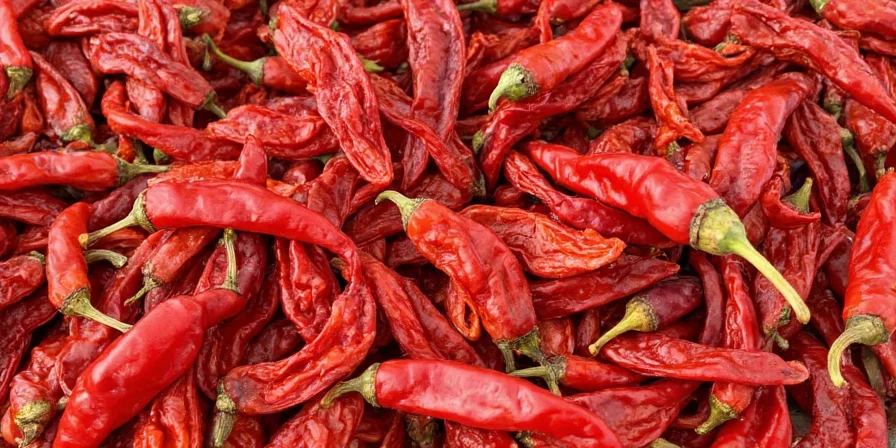
Best Ways to Use Older Dried Peppers
Peppers past their prime can still be used effectively with these techniques:
- Toast Before Use: Briefly heat in a dry skillet (1-2 minutes) to revive flavor. Watch carefully to avoid burning.
- Grind Finer: Older peppers benefit from finer grinding to release remaining flavor compounds.
- Use in Liquid Dishes: Soups, stews, and sauces help extract maximum flavor from older peppers.
- Make Infused Oil: Combine with warm oil (not hot) to create chili oil that preserves remaining flavor.
- Boost with Fresh Ingredients: Pair with fresh garlic, onions, or citrus to enhance diminished flavors.
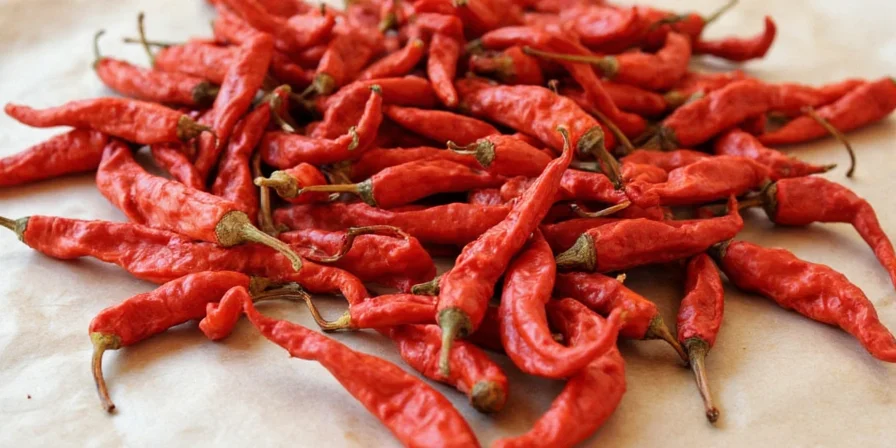
Frequently Asked Questions
Can I eat dried peppers after the expiration date?
Yes, if they show no signs of spoilage (mold, oiliness, mustiness). Dried peppers don't truly expire but gradually lose flavor. Discard any showing moisture damage regardless of date.
Do dried chilies lose heat over time?
Yes, but slowly. Properly stored peppers maintain most heat for 1-2 years. Heat loss accelerates with exposure to air, light, and heat. Freezer storage preserves heat longest.
What's the best container for storing dried peppers?
Airtight glass or metal containers work best. For long-term storage (1+ years), use containers with oxygen absorbers and store in a cool, dark place or freezer.
Should I refrigerate dried peppers?
No - refrigerators often have humidity fluctuations that can damage dried peppers. The freezer is better for long-term storage as it maintains consistent temperature and low moisture.
Can old dried peppers make me sick?
Properly stored dried peppers pose no food safety risk. Danger only occurs if moisture has gotten in, causing mold. Always inspect for mold, oiliness, or musty smells before use.
Practical Tips for Keeping Peppers Fresh Longer
The key to enjoying flavorful dried peppers is simple proper storage. Keep them in airtight containers away from light and moisture, and use within 1-2 years for best results. When stored correctly, dried peppers remain safe indefinitely, but their culinary value peaks within the first year.
For most home cooks, storing peppers in a dark pantry in glass jars with tight lids provides excellent results for 12-18 months. If you buy in bulk or live in a humid climate, portioning and freezing extends quality significantly.
Remember that even older peppers can still add some heat to dishes - they just won't deliver the complex flavors of fresh-dried peppers. By following these simple storage practices, you'll reduce waste and always have quality peppers ready for your favorite recipes.
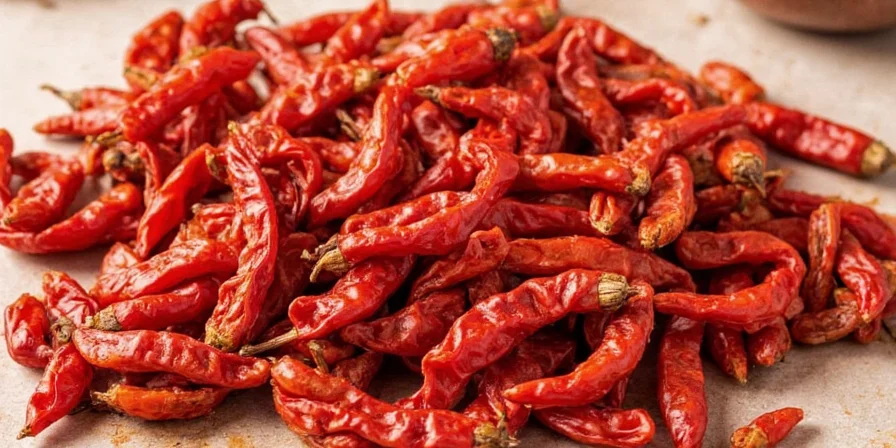

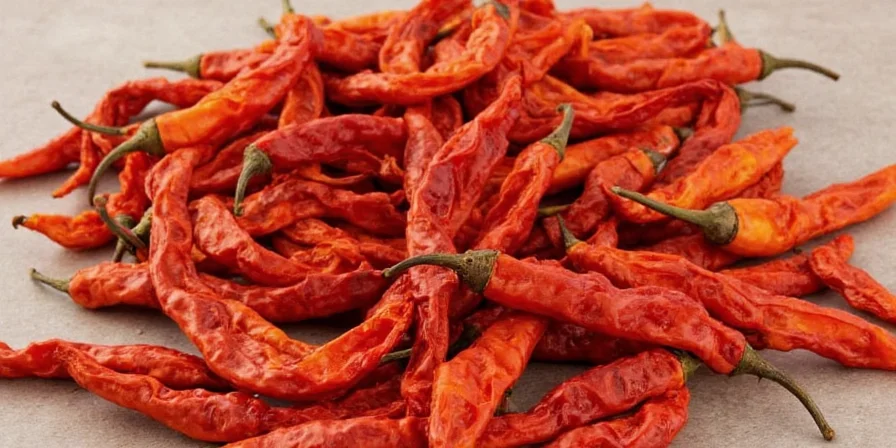









 浙公网安备
33010002000092号
浙公网安备
33010002000092号 浙B2-20120091-4
浙B2-20120091-4